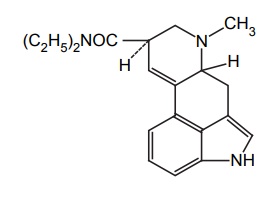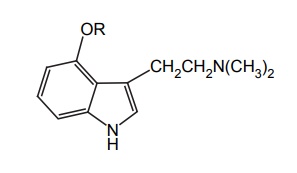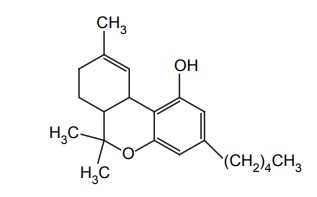Psychomimetic drugs
| Home | | Medicinal Chemistry |Chapter: Medicinal Chemistry : CNS Stimulants
a. Lysergic acid diethylamide (LSD) b. Psilocyabin c. Cannabis. These are characterized by the fact that they affect thought perception and mood, without causing marked psychomotor stimulation or depression.
SYNTHESIS AND DRUG PROFILE Psychomimetic drugs These are characterized by the fact that they affect thought perception and mood, without causing marked psychomotor stimulation or depression. These drugs fall broadly into two groups. Those with a chemical resemblance to known neurotransmitter catecholamine: These include LSD and psilocybin, which are related to 5-HT and mescaline that is similar in structure to amphetamine. Drugs unrelated to monoamine neurotransmitter: Cannabis and phencyclidine. The chemical precursor lysergic acid occurs naturally in ergot, a microbial growth formed from the fungus Claviceps prupurea, which develops on various plants of the gramine, for example, rye LSD is a chiral molecule and the physiologically active isomer is (+). The 9, 10 double bond is essential for activity. LSD is a potent psychomimetic drug. Psilocyn R = H Psilocybin R = –PO (OH)2 It occurs in a mushroom, Psilocybe maxicena. It is converted to psilocin in vivo, both have activity similar to LSD, but are much less potent. Δ1-Tetrahydro cannabinol (THC/ (or) Δ9 –THC The dried flowering tops of the pistillate plants of cannabis sativa (moraceac) contain THC. The drug is used as a depressant with stimulant sensation. The phenolic OH is required for activity. It produces giddiness and increased hunger. Several other medicinal effects of marijuana include antinausea effect (for anticancer therapy), anticonvulsant, muscle-relaxing, and treatment of glaucoma.a. Lysergic acid diethylamide (LSD)

b. Psilocyabin

c. Cannabis

